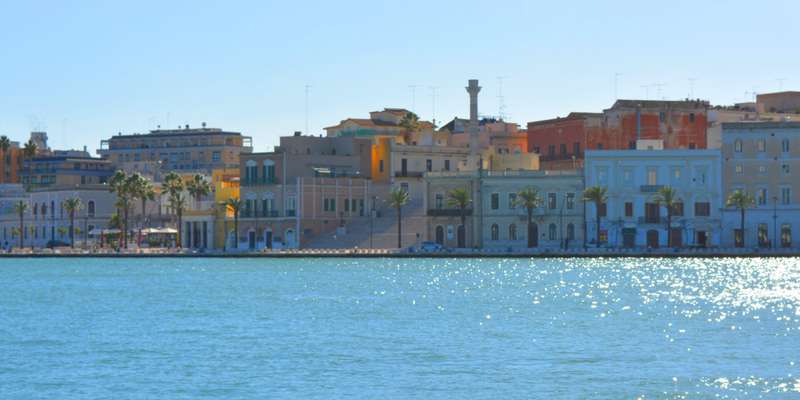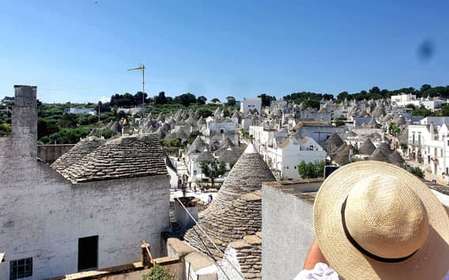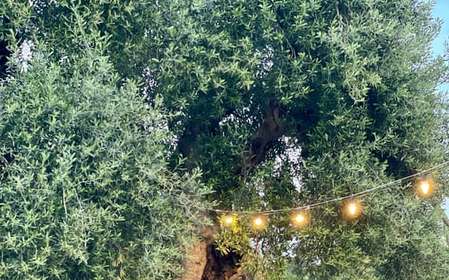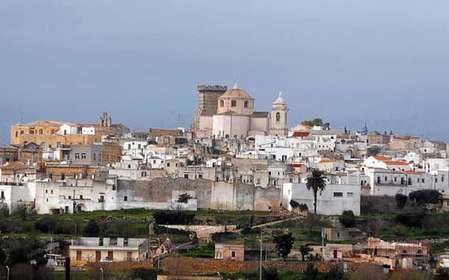- Home
- Useful Tips
- Best time of year to visit Brindisi
Choosing when to visit Brindisi can make or break your Puglian adventure. Over 60% of travelers report regretting poorly timed Mediterranean trips, facing either sweltering summer crowds or shuttered winter attractions. The charming port city reveals different personalities each season – from July's packed piazzas where wait times double, to January's quiet alleyways where some authentic trattorias close completely. Weather extremes also pose challenges, with August temperatures reaching 95°F (35°C) while November's sudden rainfall disrupts ferry schedules. Locals know the sweet spots when Brindisi's Roman ruins glow in perfect spring light and hotel rates drop by 40%, but visitors rarely discover these windows without insider knowledge.


Why summer crowds ruin Brindisi's charm
June through August transforms Brindisi from a laid-back fishing port into a congested transit hub. Cruise ship arrivals triple, creating hour-long waits at landmarks like the Roman Column. The historic center's narrow streets become uncomfortably packed, with temperatures often exceeding 90°F (32°C) by noon. Many authentic restaurants switch to tourist menus, while hotel prices spike 200% along the coastline. Even the crystalline Adriatic loses its appeal when beaches near Torre Guaceto become standing-room-only. Locals escape to inland masserias during these months, leaving visitors navigating an overcrowded version of the city missing its true soul.
Secret months for perfect weather and local life
April-May and September-October offer Brindisi's golden mean – warm 70-80°F (21-27°C) days with cooling sea breezes and significantly thinner crowds. The almond blossoms of early April create stunning backdrops for photos at the Swabian Castle, while September's grape harvest brings lively sagre (food festivals) in nearby vineyards. Ferry schedules to Greece remain frequent but without summer's chaotic queues. This is when family-run osterias reopen their full menus featuring seasonal specialties like wild chicory and just-caught sea bream. Hotel rates average €80/night versus July's €200, and you'll have the stunning Cathedral of San Giovanni Battista virtually to yourself on weekday mornings.
Winter's surprising advantages for culture lovers
While some dismiss November-March as off-season, these months reveal Brindisi's authentic character. Though beach clubs close, cultural sites like the Archaeological Museum have no lines and extended winter hours. The Christmas season transforms the old town with elaborate presepi (nativity scenes) in hidden courtyards. January's crisp 50°F (10°C) weather is ideal for cycling the Via Appia trail to nearby wine towns. Budget travelers find boutique hotels for €50/night, and seafood markets sell yesterday's catch at half-price to locals. Just pack a rain jacket for occasional showers, and verify ferry schedules as some routes reduce service until Easter.
Local tricks for festival seasons without the hassle
Brindisi's event calendar peaks during the September Regata delle Antiche Repubbliche Marinare (historic boat race) and July's Festa di San Teodoro. While spectacular, these events overwhelm the city's infrastructure. Savvy visitors book accommodations 6 months early or stay in nearby Ostuni, taking morning trains in. The best viewing spots for the boat race aren't along the crowded port but from lesser-known spots like the Monumento al Marinaio terrace. For food festivals, arrive at opening time or two hours before closing to avoid lines. Many cultural sites offer special evening openings during festivals when crowds thin – the Diocesan Museum stays open until midnight with live music during September's heritage days.



